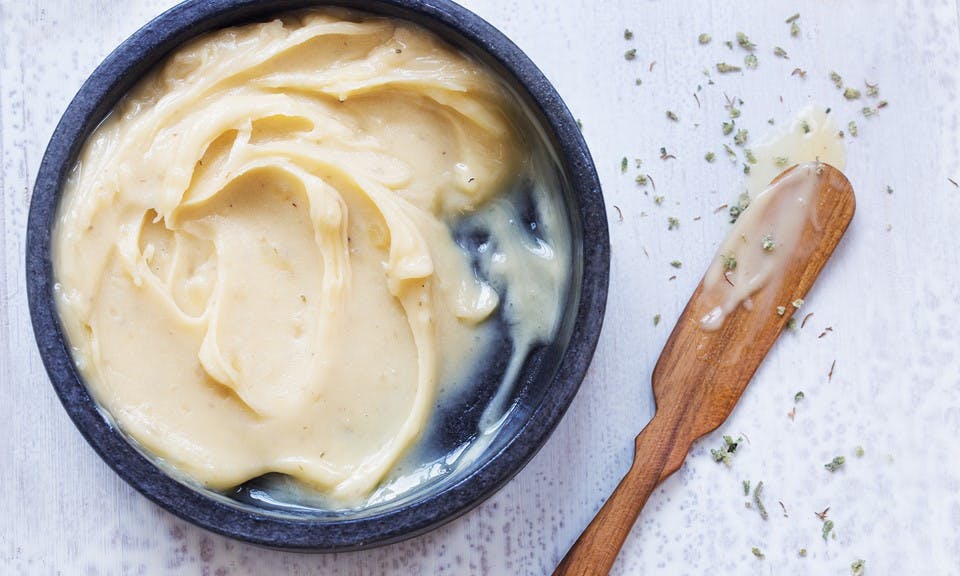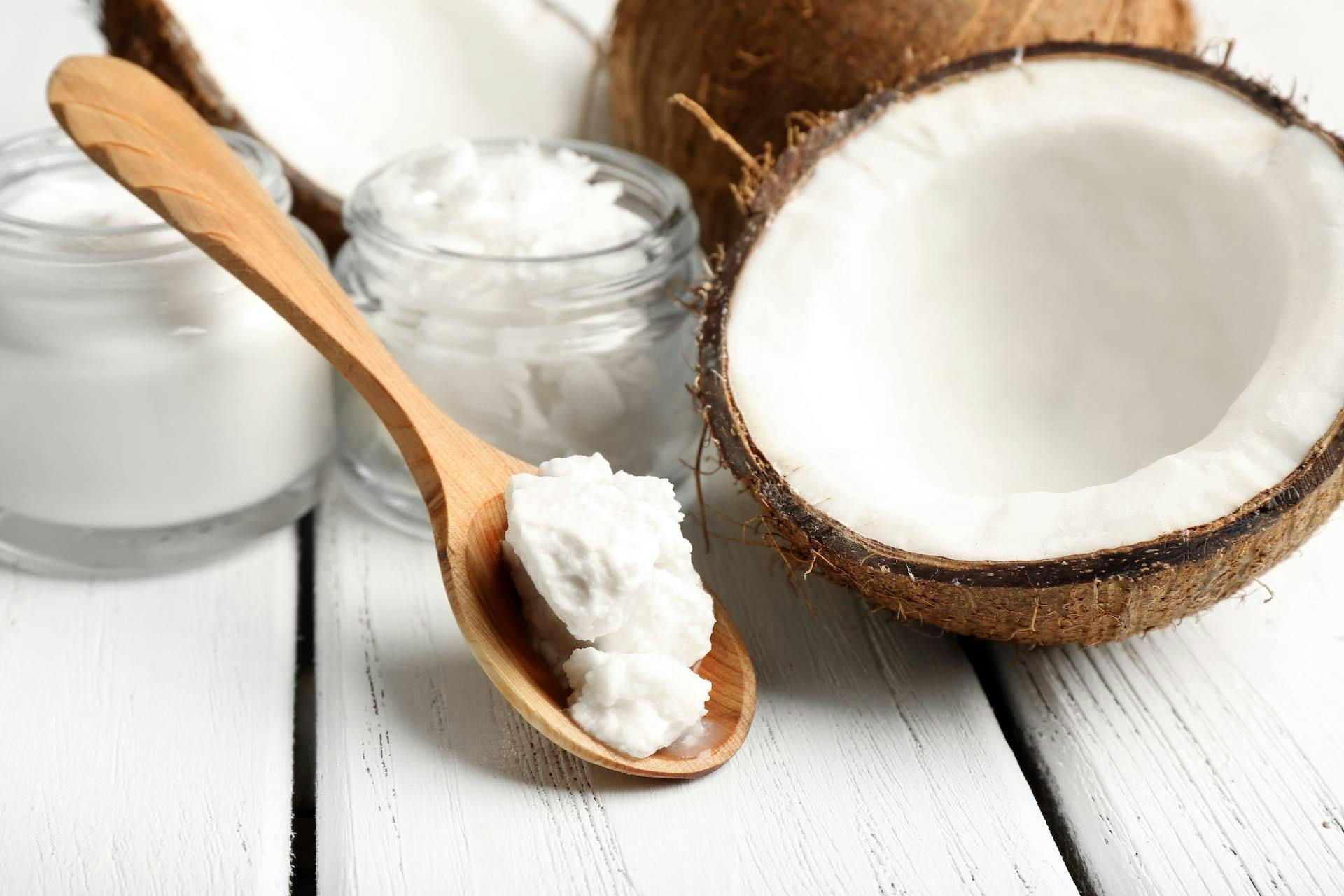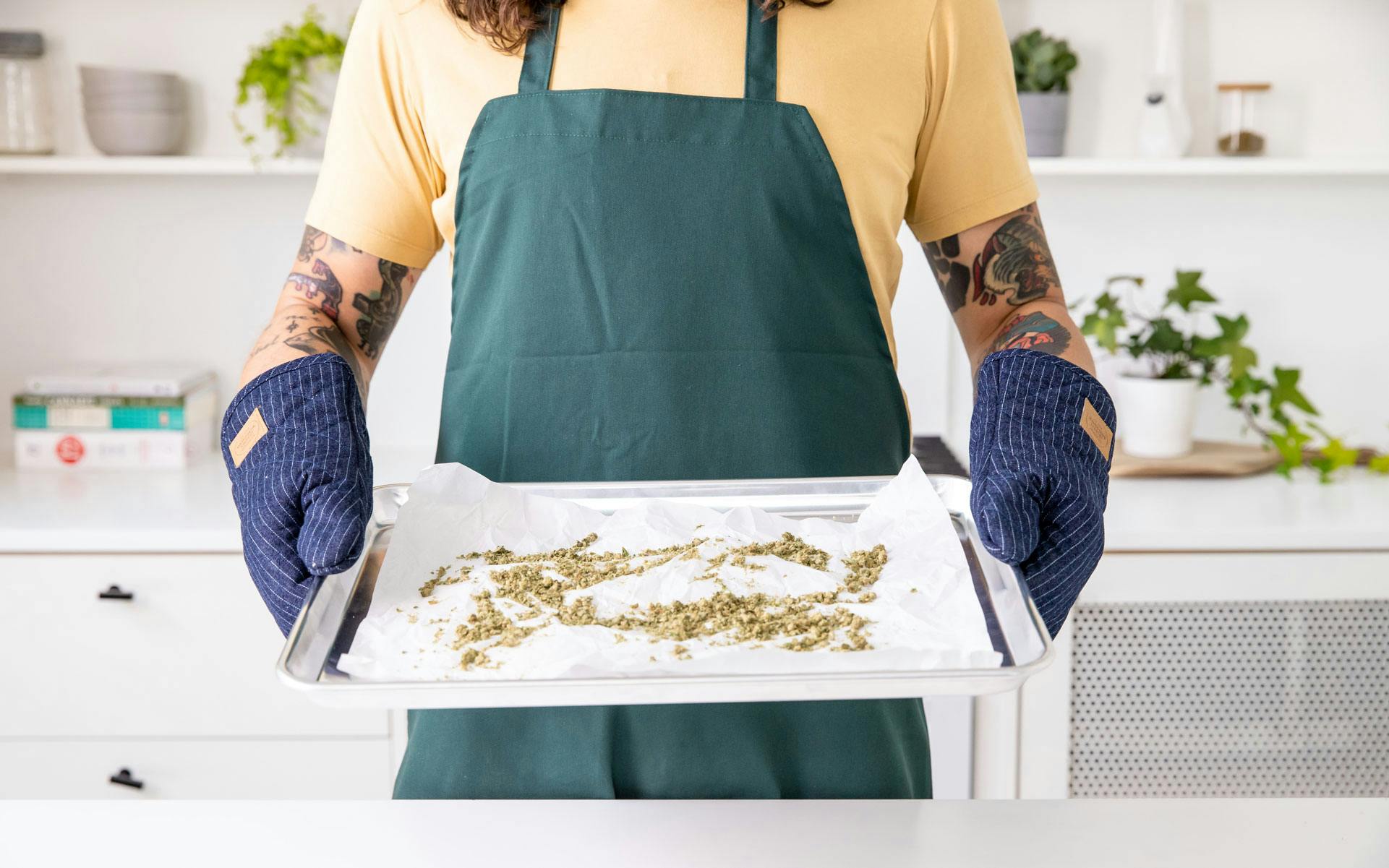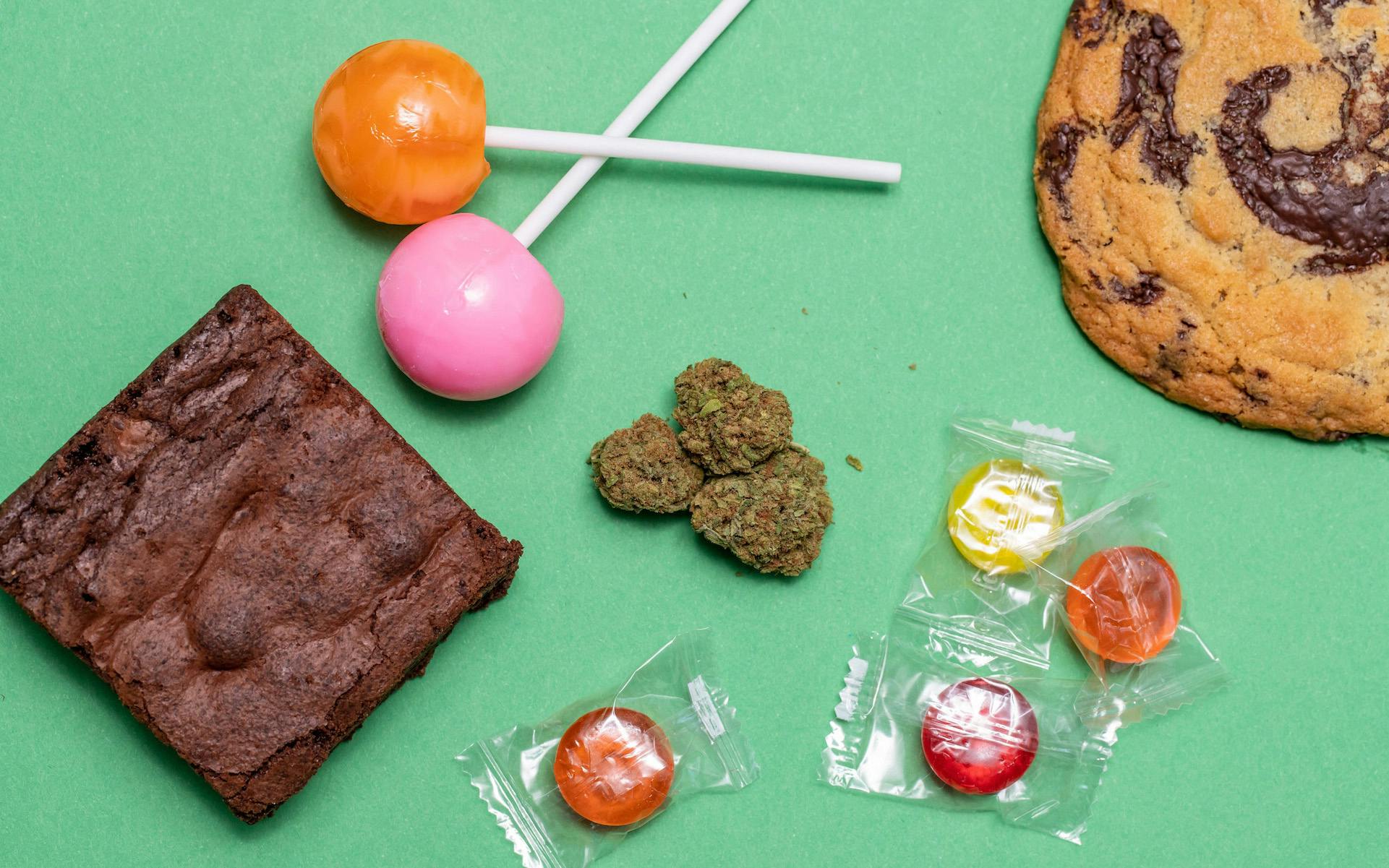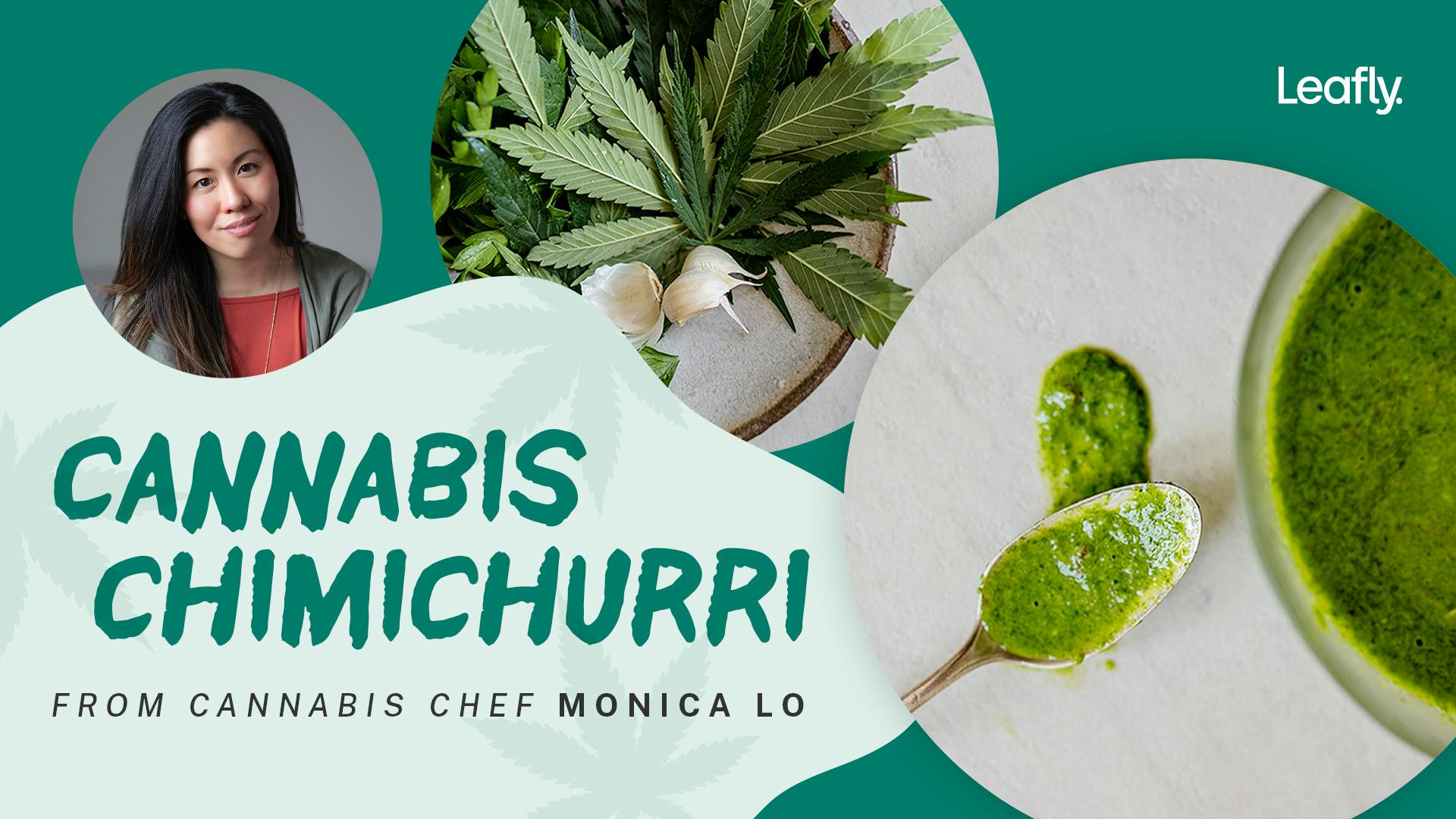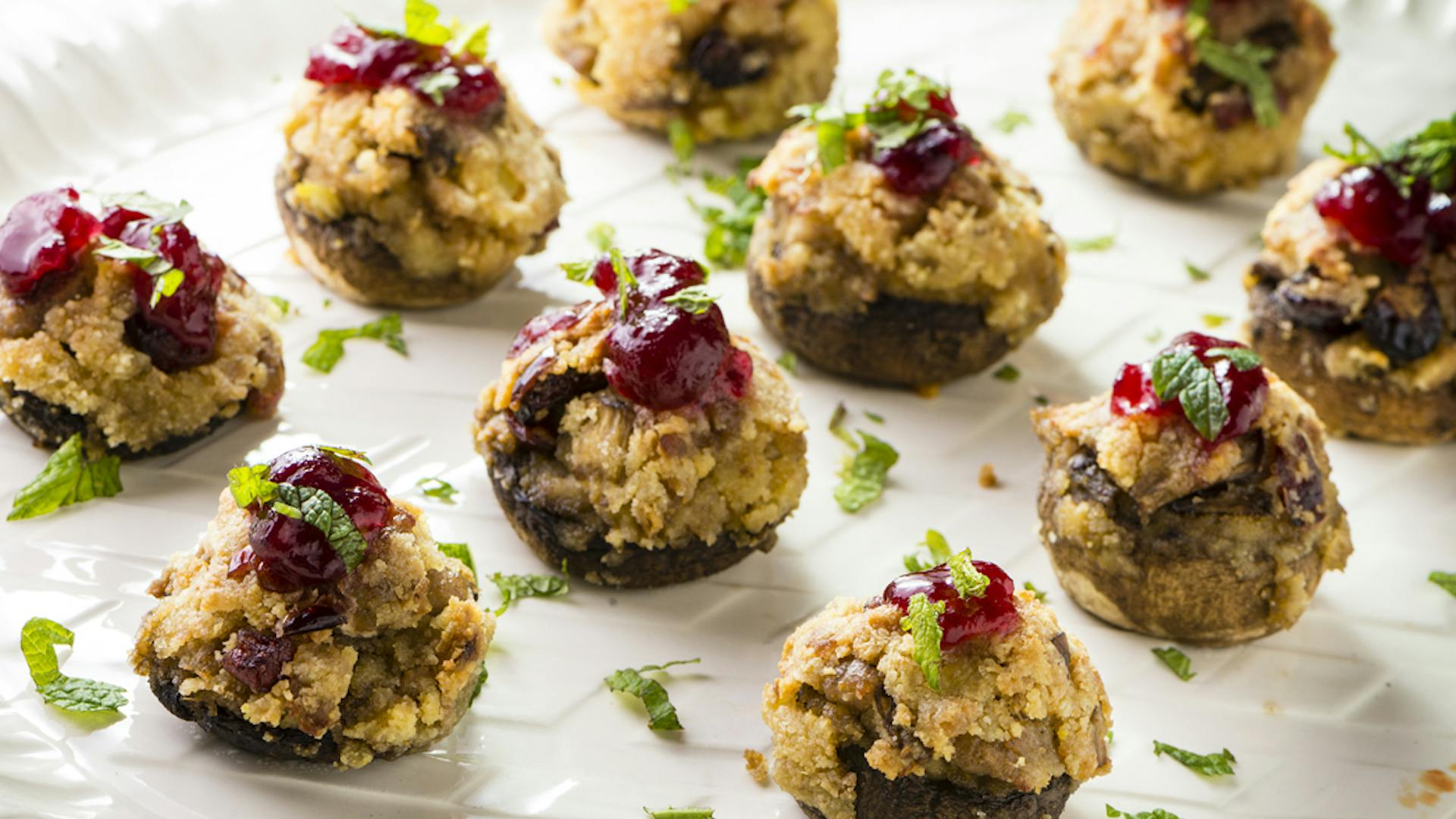Tired of dispensary-bought edibles? Cannabis cooking oil is versatile, easy to make, and allows you more control of your cannabis cooking experience. You can infuse any type of oil, including canola, vegetable, olive, peanut, sesame oil, and others—all you need is some weed, a cheesecloth, and a saucepan or slow cooker.
Consuming food made with cannabis cooking oil has a lot in common with consuming edibles or baked goods made with cannabutter—compared to inhalation methods, effects will take longer to kick in, and they tend to last longer and feel stronger.
As will all cannabis edibles, we always recommend you “start low and go slow.” Unlike products from licensed dispensaries, homemade edibles are nearly impossible to dose accurately. Eat a little bit and wait at least 45-60 minutes until the effects kick in; only eat more if you want stronger effects. Better to be safe than sorry.

Benefits of using cannabis cooking oil
The appeal of using cannabis-infused oil while cooking lies in its versatility: you can use it to sauté some veggies, fry up some morning eggs, mix it in a salad dressing, or whatever else you can think of.
Cannabis-infused oils, unlike cannabutter, don’t contain any animal products, making them vegan and kosher. Making your own infused cannaoil also allows you to create the perfect amount you need, and experiment with different recipes, consistencies, and flavors.
The all-in-one cannabis kitchen

“If you don’t have the supplies, time, or motivation to decarboxylate flower & make edibles from scratch, there’s an easier, all-in-one solution.”
-Leafly Product Picks
We may earn a small commission if you buy through links on this page.
Keep in mind that the amount and potency of the cannabis you use will determine the potency of the oil—but you won’t be able to measure exactly how much THC is in it. Exposing it to high heat, such as in a pan while cooking may degrade some of the potency versus using it as a dressing.
However, compared to other cannabis infusions, such as cannabutter in a batch of brownies, the consistency of cannabis cooking oil makes it easier to measure out. You can add a lot to a salad dressing or just drop a little bit in a skillet to cook with your whole meal.
Types of base oils to infuse with cannabis
Picking the right oil for infusion comes down to your flavor preferences and the dishes you plan on cooking. Oils vary in consistency at room temperature, so think about how you plan to store and use your oil.
There are many types of oils you can infuse with cannabis:
- Canola
- Vegetable
- Coconut
- Olive
- Avocado
- Sesame
- Peanut
Canola and vegetable oil have more neutral flavors, whereas sesame, olive, or peanut oil will taste more distinct and might not suit your intended dish.
For something a little more robust in flavor, infuse olive or avocado oil with cannabis. Both stand up well to the grassy, skunky cannabis flavor and store easily in your pantry.
Many oils work well with baking too! You might find one that can do it all, or that you prefer certain oils for specific recipes.
If you want a versatile oil that works well in a stir fry as well as a pie crust, coconut oil is a great option—it adds great flavor to veggies and remains solid enough at room temperature to hold up as a pie crust.
Finding your perfect oil is half the fun. So feel free to get creative!
Recipe for cannabis cooking oil

Materials:
- Baking sheet
- Parchment paper
- Oven or toaster oven
- Mesh strainer or cheesecloth
- Cannabis grinder (optional, but blenders and coffee grinder pulverize the cannabis, resulting in edibles with bad-tasting plant material)
- Saucepan, stock pot, double-boiler, or slow cooker
- Glass container for the infused oil
When making cannabis cooking oil, we recommend a 1:1 ratio of cannabis to oil. If you want milder effects, use less cannabis.
Ingredients:
- 1 cup (7-10 grams) of ground cannabis flower
- 1 cup of cooking oil of your choice
Directions:
- Decarb the cannabis. We recommend decarboxylating your weed first, and then putting it in oil. Decarbing your weed turns the non-intoxicating THCA in the plant into THC, the psychoactive compound that will get you high.
- Set your oven to 245ºF and preheat.
- Grind or hand-break your buds on the parchment paper on a baking pan. Don’t grind it too finely into a powder, as it will pass through the cheesecloth or strainer and affect the oil.
- Heat for 30-40 minutes.
- Heat oil and decarbed cannabis. Add oil and decarbed cannabis to a double-boiler, slow cooker, or saucepan, and simmer on low heat for 2-3 hours. Make sure the temperature of the oil stays between 160-200ºF.
- Strain and store the oil. Put a mesh strainer or cheesecloth over the container for oil and pour the oil/cannabis mixture through it. Do not squeeze it out—this will add more chlorophyll to your oil and make it taste more vegetal. Discard the plant material. The oil will have a shelf life of at least two months and can be extended with refrigeration.
Note: Be cautious when using the oil to prepare dishes that require heating. Do not microwave, and choose low heat whenever possible.
Tips and tricks for the best THC oil
The best THC oil for you will depend on your tastes, preferences, and tolerance. Oils that have a higher fat content, like coconut oil, may bind to your cannabis better than thinner oils.
Adding lecithin when heating and infusing your oil can also increase its potency.
Store your oil in a cool, dark place, ideally in a glass container, to preserve it for as long as you need.
Dosing cannaoil

Dosing homemade edibles gets tricky—there is no way to know the exact potency of your infused oil without lab-testing it. However, you can make estimates based on the flower you use.
For example, if you are using 7 grams of OG Kush that lists 20% THC, that’s a potential potency of 1400 total mg—though it’s likely that not all of the THC will get activated during decarboxylation and won’t all infuse to the base oil.
You can dilute your cannabis oil with other oils to ensure you ingest a low dose, and gradually increase your dose as your tolerance and comfort allow.
Why you have to decarb your weed before infusing cannaoil
If you want to feel high, you will need to decarboxylate your weed before making your cannaoil. Simply heating the cannabis in the base oil on the stove isn’t enough heat to activate the THCA into THC. While raw cannabis has many antioxidants and health benefits, you won’t get the plant’s full scope of effects without decarbing.
Tips for reducing odor when making cannabis oil
As it takes hours to infuse coconut oil, a weed odor may build up in your kitchen via steam and the decarbing process.
The trick for reducing odor is using the right equipment for decarboxylation. and maintaining ventilation.
Turn on a vent or fan while infusing the oil to keep the smell down, or open a window. If you’re concerned about the neighbors smelling it, stick to the fan or vent.
But accidents happen! If you find yourself in a situation where your space is too pungent, check out our article on how to get rid of the cannabis odor.
How to cook with cannabis cooking oil
Now that you have successfully infused your oil of choice, be sure to try a little before you make an entire meal. You want to make sure the dosage is right so the meal is delicious as well as enjoyable afterward.
Also, be sure not to heat the infused oil too hot when cooking a dish, which can burn out the THC, leaving you with plain cooking oil.
Now get cooking! Leafly has an ever-growing list of cannabis recipes that call for cooking oil that you can substitute with your new infusion. Consider trying:
Tips for reducing odor when making cannabis oil
As it takes hours to infuse coconut oil, a weed odor may build up in your kitchen via steam and the decarbing process.
The trick for reducing odor is using the right equipment for decarboxylation. and maintaining ventilation.
Turn on a vent or fan while infusing the oil to keep the smell down, or open a window. If you’re concerned about the neighbors smelling it, stick to the fan or vent.
But accidents happen! If you find yourself in a situation where your space is too pungent, check out our article on how to get rid of the cannabis odor.
How to cook with cannabis cooking oil
Now that you have successfully infused your oil of choice, be sure to try a little before you make an entire meal. You want to make sure the dosage is right so the meal is delicious as well as enjoyable afterward.
Also, be sure not to heat the infused oil too hot when cooking a dish, which can burn out the THC, leaving you with plain cooking oil.
Now get cooking! Leafly has an ever-growing list of cannabis recipes that call for cooking oil that you can substitute with your new infusion. Consider trying:
What’s best: Cannaoil or cannabutter?
Cannaoil and cannabutter can serve similar purposes in your cooking, but you may find that one suits your preferences better. Cannaoil is easier to store and dose, but cannabutter may suit the consistency of the dish better than oil. What’s best depends on what you plan to cook up.
Next up: Learn how to make infused coconut oil!
This post was originally published on September 19, 2013. It was most recently updated on October 12, 2022.Kayla Williams, Amelia Williams, and Pat Goggins contributed to this article.
Read more of Leafly’s guide to cannabis edibles
By providing us with your email address, you agree to Leafly's Terms of Service and Privacy Policy.
